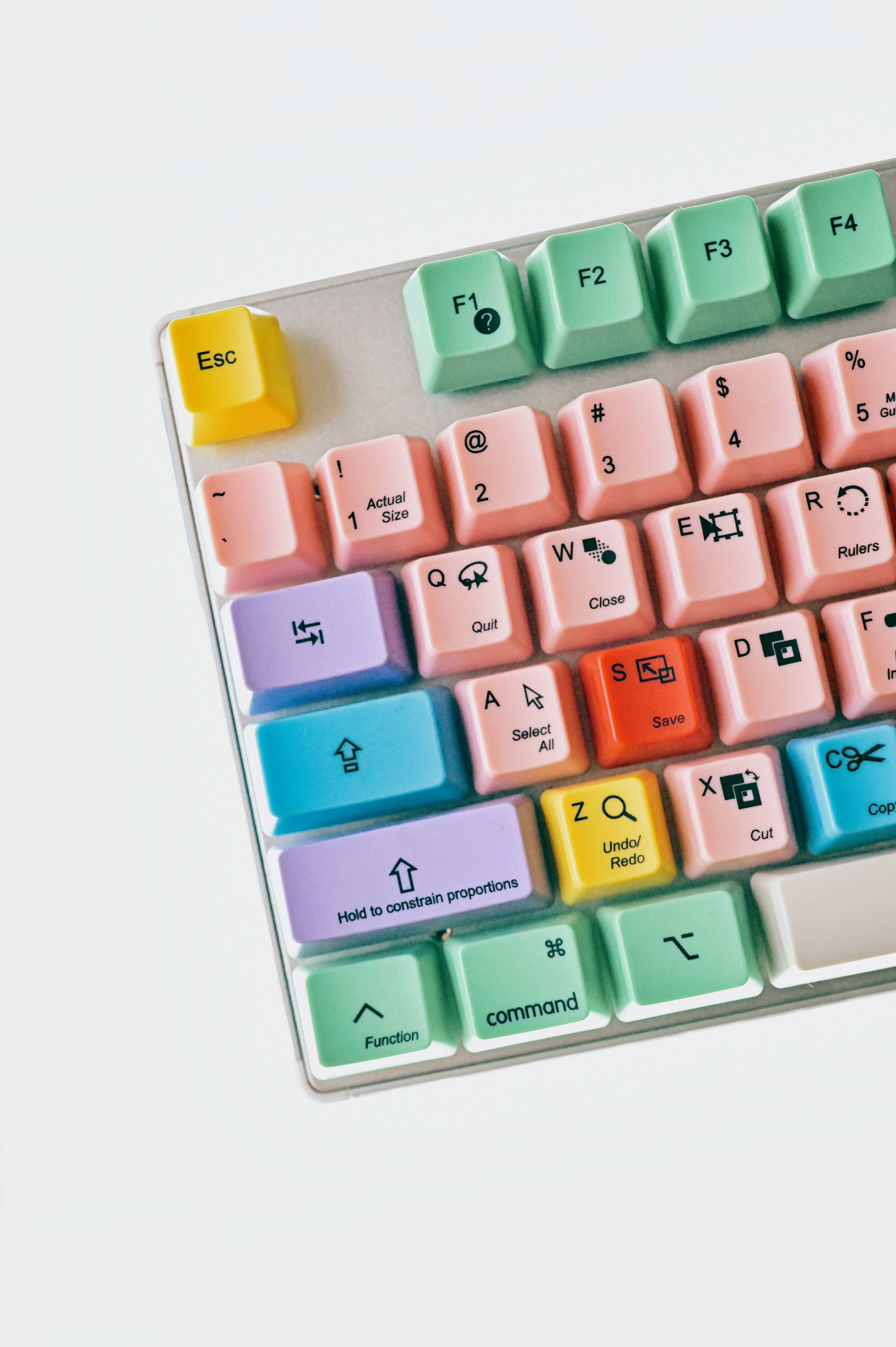Apple: How a Tech Company Took Over America and Made Us All Feel Poor
Apple went from a scrappy garage startup to a U.S. cultural icon. Here’s how their bold leadership, sleek designs, and emotional marketing dominated the market.
Date
2025
Category
Technology
Contact Us
Apple isn’t just a tech company; it’s a lifestyle. You don’t buy a MacBook because it’s “just a laptop.” You buy it because it makes you feel like you’re working on something important—even if you’re just sending cat memes. From humble beginnings in a garage to becoming the company that charges $20 for a cleaning cloth, Apple has mastered the art of making us want things we didn’t even know we needed. Here’s how Apple turned simplicity, innovation, and emotional manipulation into a cultural takeover of the United States.
Visionary Leadership: Steve Jobs and the Garage Start-Up That Could
In 1976, Steve Jobs, Steve Wozniak, and Ronald Wayne founded Apple in a garage. But unlike other companies started in garages (looking at you, Amazon), Apple wasn’t just about selling stuff—it was about redefining stuff. Jobs didn’t just want to make computers; he wanted to make computing cool.
Example: While competitors were busy selling beige boxes with manuals that might as well have been written in Klingon, Apple created the Macintosh in 1984. It was sleek, friendly, and came with a game-changing graphical interface.

Brutal Truth: If your brand doesn’t have a visionary leader who demands perfection (and maybe throws a tantrum or two), you might want to rethink your strategy.
Branding Philosophy: Simplicity That Makes You Feel Smart
Apple’s branding is a masterclass in less-is-more. Their entire approach screams, “We’re better than everyone else, and you’ll feel better for owning us.”
Example: The Apple logo? It’s literally just an apple with a bite taken out of it, and yet it’s more iconic than most Hollywood actors. Pair that with minimalist product designs and their famous “Think Different” campaign, and you’ve got a brand identity that makes everyone else look like they’re trying too hard.

Brutal Truth: If your branding isn’t making people feel like they’ve joined an elite club by buying your stuff, you’re doing it wrong.
The iPod Revolution: When Apple Made MP3 Players Cool
In 2001, Apple took an industry filled with clunky MP3 players and said, “No, thank you.” The iPod didn’t just hold music—it held 1,000 songs in your pocket. And suddenly, everyone was walking around like they were the star of their own music video.
Example: The iPod wasn’t just a device—it was a vibe. Its sleek design, paired with the iTunes Store, made buying and organizing music effortless. By the time U2 released a special edition iPod, it was clear Apple had won.

Brutal Truth: If your product doesn’t make people feel cooler just by owning it, you’re not selling it right.
The iPhone: The “Shut Up and Take My Money” Moment
When Apple launched the iPhone in 2007, they didn’t just reinvent the phone—they annihilated the competition. The iPhone was a camera, a computer, and a portal to endless scrolling—all in one shiny little rectangle.
Example: Remember the first time you swiped an iPhone screen? It felt like magic. Now, every smartphone in the world is essentially trying to be an iPhone knockoff.
The iPhone wasn’t just a gadget; it was a lifestyle. People camped outside stores for it. People cried when they dropped it. People felt personally attacked when someone asked, “Why not Android?”
Brutal Truth: If your product doesn’t make people emotionally dependent on it, try harder.
Building the Ecosystem: Trapping Customers, the Apple Way
Apple’s genius isn’t just in selling products—it’s in selling all the products. Everything works together so seamlessly that once you buy one Apple device, you’re sucked into the ecosystem.
Example: Your iPhone syncs with your MacBook, which syncs with your Apple Watch, which syncs with iCloud. By the time you’re done, you’re $5,000 in but can’t imagine life without them.

Brutal Truth: Apple didn’t just build an ecosystem—they built a beautifully designed cage. And guess what? Nobody wants to leave.
Apple Stores: Retail Therapy for the Rich and Famous
When Apple opened its first store in 2001, it wasn’t just a shop—it was a shrine. Sleek, minimalist, and filled with Genius Bar employees who made you feel like they cared (even when you just wanted to cry about your cracked screen).
Example: Walking into an Apple Store isn’t like walking into Best Buy. It’s an experience. It’s where you get to play with shiny gadgets, ask questions, and feel smarter for choosing Apple over, well, everyone else.

Brutal Truth: If your retail space doesn’t make people feel like they’ve entered a VIP lounge, what’s the point?
Marketing Magic: “Think Different” and the Power of Emotion
Apple’s marketing has always been about making you feel something. The “Think Different” campaign didn’t even talk about products—it talked about geniuses, misfits, and dreamers. It made you believe that owning an Apple product put you in the same league as Albert Einstein and Martin Luther King Jr.
Example: Apple ads don’t shout. They whisper. And somehow, those whispers are more convincing than anyone else’s screams.

Brutal Truth: If your marketing isn’t tugging at heartstrings or making people rethink their entire life choices, it’s just noise.
Consumer Loyalty: When Your Customers Become Your Cult
Apple fans don’t just like the brand—they worship it. They line up for hours (sometimes days) for new product launches. They defend the brand online like their life depends on it. And they always, always buy the latest upgrade, even if the only difference is a slightly better camera.
Example: Remember the $1,000 monitor stand? People still bought it. If that’s not loyalty, what is?

Brutal Truth: Your brand’s real power lies in making people think, “I’d rather go broke than buy from someone else.”



